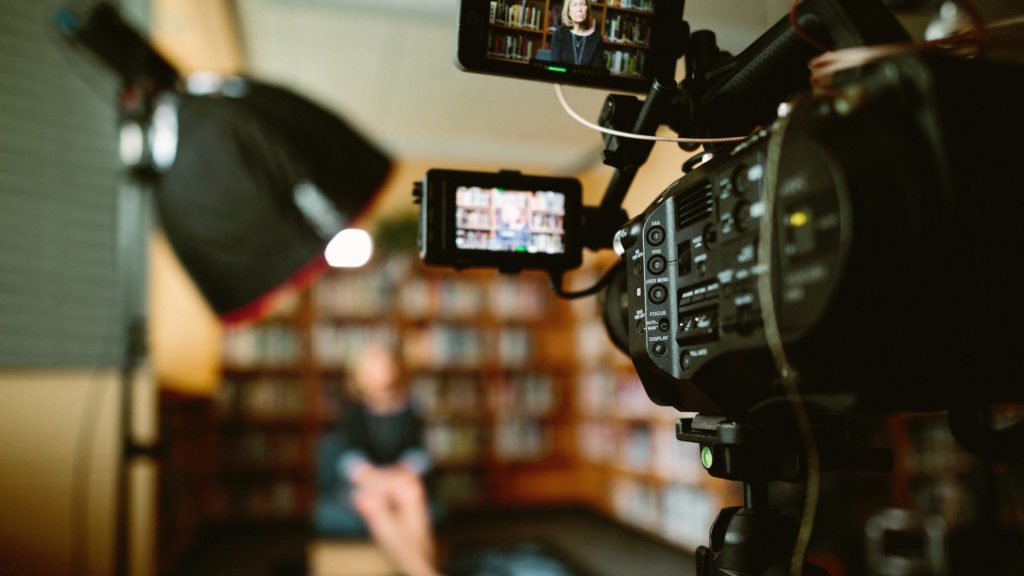Why Legal Videography Is Crucial for Accurate Legal Record-Keeping
In the realm of legal process, the precision of record-keeping is vital, and lawful videography becomes an essential tool in this context. By catching the nuances of verbal and non-verbal interaction, it substantially lowers the potential for misconception that can accompany standard written records. Additionally, the conservation of authentic aesthetic evidence not just improves the reputation of testaments but likewise contributes to a detailed account of events. As we check out the diverse advantages of legal videography, one should consider its effects for the future of judicial stability and transparency.
Importance of Visual Proof
Developing the significance of visual proof in lawful procedures is critical for guaranteeing exact record-keeping and enhancing the total integrity of the judicial procedure. Visual evidence offers as an important tool in recording events, problems, and various other important information that may be crucial to an instance. Unlike written accounts, which are prone to interpretation and prejudice, aesthetic recordings provide an objective, unalterable representation of facts as they happened.
This kind of evidence can catch a range of aspects, including witness behavior, ecological context, and physical evidence, every one of which may influence judicial outcomes. By providing a clear and detailed aesthetic narrative, lawful videography gets rid of uncertainty and helps to maintain the credibility of the evidence.
Furthermore, aesthetic evidence can be important in reducing conflicts over accurate discrepancies, as it permits a direct contrast against testament and various other recorded records. In an era where electronic innovation is progressively common, the capability to present aesthetic proof properly can dramatically enhance the total high quality of lawful procedures. Eventually, the incorporation of visual evidence not just strengthens the documents procedure however also strengthens public rely on the judicial system by promoting openness and accountability.
Enhancing Testimony Reputation
The assimilation of legal videography into court proceedings significantly improves the reputation of witness statement. By recording the nuances of verbal and non-verbal communication, video clip recordings offer an even more detailed representation of a witness's attitude, feelings, and dependability. This aesthetic documentation permits jurors to observe the witness's body movement, face expressions, and overall manner, which are crucial components that can affect their perception of statement reliability.

Furthermore, the presence of video footage can deter witnesses from supplying misleading or overstated declarations, as they are aware that their testament is being taped. This liability strengthens the integrity of the judicial process. Inevitably, lawful videography works as an essential device in ensuring that witness testament is not only properly shown however also viewed with increased reputation by all celebrations involved.
Comprehensive Record Preservation
Comprehensive record preservation is important for maintaining the honesty of legal proceedings. Legal videography functions as a crucial tool in this process, giving a precise aesthetic and auditory account of testaments, depositions, and various other zero hours in an instance. learn this here now Unlike standard written records, video clip recordings record the nuances of body movement, tone, and feeling, which are essential for recognizing the context and intent behind declarations made throughout legal proceedings.
Integrating audiovisual elements right into record-keeping improves the conservation of evidence, making sure that it stays undamaged and accessible throughout the legal process. This is particularly essential in situations where the integrity of witness declarations may be challenged, as aesthetic recordings can validate cases and supply quality. Additionally, video documents can be vital during appeals or retrials, supplying an unchanged depiction of the original statement.

In addition, the capability to evaluate video evidence enables lawyers to determine vital details that may have been forgotten in written records. By preserving a thorough archive of lawful process through videography, law office can copyright the highest criteria of accuracy and responsibility, eventually important link contributing to a fairer judicial process.
Improving Legal Procedures
Simplifying lawful process is crucial for boosting performance and lowering hold-ups within the judicial system. Lawful videography functions as a critical tool in attaining this objective by supplying clear and exact visual paperwork of court hearings, depositions, and testimonies - legal videography. This modern technology permits real-time recording, guaranteeing that all spoken and non-verbal signs are caught, which can facilitate quicker resolution of disagreements
The combination of videography into legal procedures lessens reliance on typical techniques, such as extensive records, which can be lengthy to produce and assess. By having accessibility to tape-recorded footage, lawyers can quickly reference vital moments, enhancing their capability to prepare and existing situations efficiently. This immediacy additionally helps in the clarifying of testaments, decreasing the possibility for misconception.

Admissibility in Court
Exact paperwork is important not just for effectiveness yet also for making certain that evidence is acceptable in court. Legal videography offers as a vital device in this procedure, providing a trustworthy aesthetic record of statements, statements, and events.
To be considered permissible, legal videography has to follow well-known methods, such as correct equipment use, proper lighting, and clear audio capture. Furthermore, it is important to have certified videographers who recognize the lawful demands surrounding evidence collection. legal videography. The chain of protection must additionally be preserved to stop any type of cases of tampering or alteration
Moreover, lawful videography can enhance the persuasiveness of evidence by offering jurors with a straight view of the testimony, enabling for a much more involved understanding of the situation. In summary, the integration of lawful videography right into record-keeping not only sustains effectiveness but likewise strengthens the stability and admissibility of evidence in court procedures.
Final Thought
In conclusion, legal videography plays a pivotal duty in making certain precise legal record-keeping by giving objective aesthetic documents. Eventually, the consolidation of lawful videography right into the judicial process promotes openness and boosts public depend on in the integrity of the lawful system.